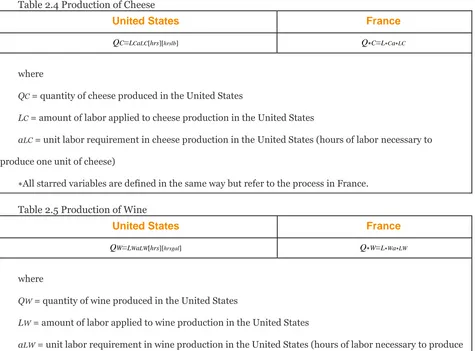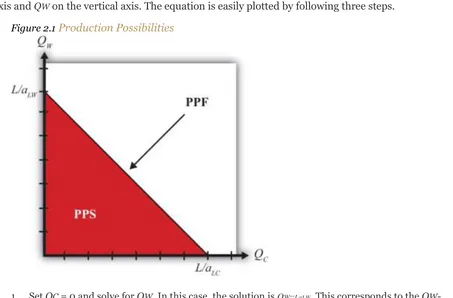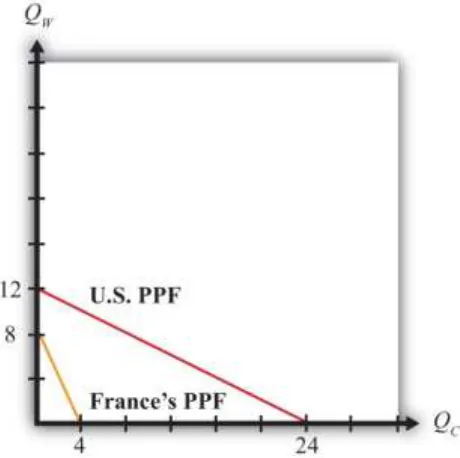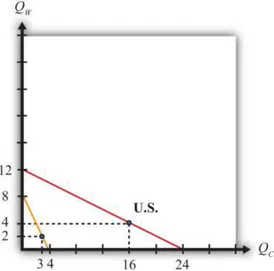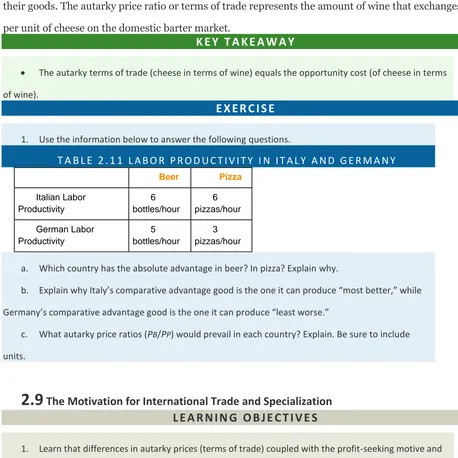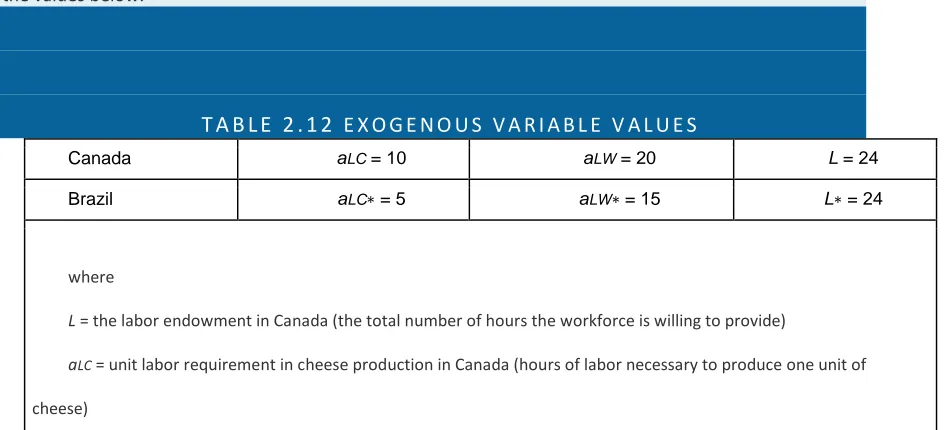International Economics: Theory and Policy
Full text
Figure
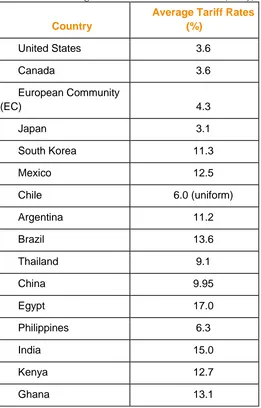
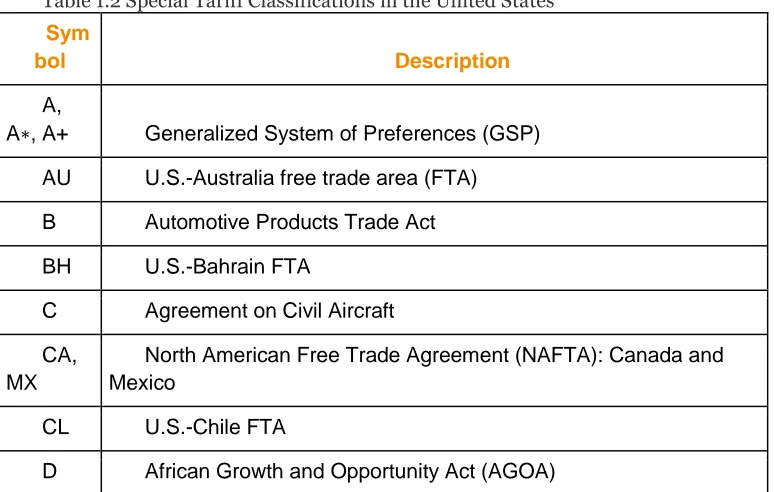
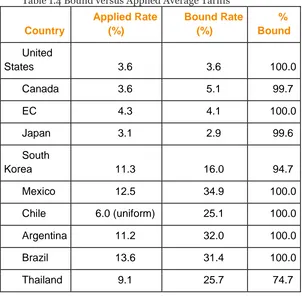
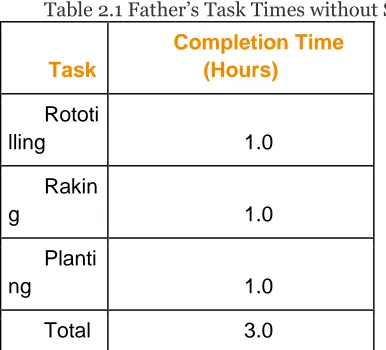
Outline
Related documents
formance of those labor-intensive goods was Clothing, footwear, leather products, wood superior in developing countries - which manufactures, and some primary metal
We learned in class that firms minimize costs whenever they use capital and labor such that, given the output they are producing (and assuming only capital and labor are used in
To see how countries can benefit from trade, suppose there are two countries, the United States and Japan, and two goods, food and cars. Imagine that the two countries produce
Services are provided by skilled (educated) workers. Manufacturing production uses labor, capital and skills. Markets for goods and factors are perfectly competitive. We assume
5.6 Direct taxes and social contributions in five countries (Source For Spain, author’s calculations. France, United Kingdom, and United States from Piketty and Saez [2007].
uncertainty reduction function, 29–31 Uruguay Round, 20–22 vocabulary, 37 WTO, 20–22 International economic integration, 94, 206–207 benefits, 2–3 capital and labor mobility,
Nine countries established direct capital support plans (France, Germany, Italy, Japan, the Netherlands Russia, South Korea, the United Kingdom, and the United States).. Most of
Historical circumstance can explain some patterns such as the relatively large trade flows from West Africa to France. The relatively sparse trade between countries within
